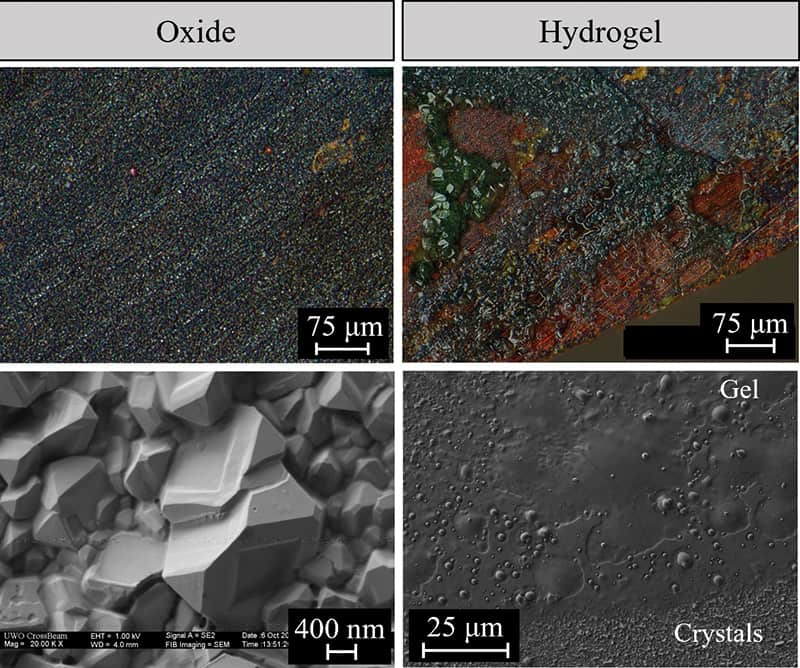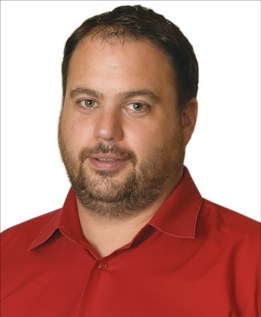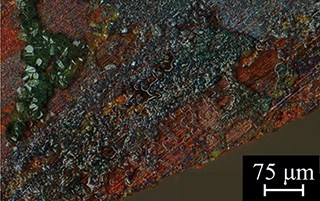Join the audience for a live webinar at 3 p.m. GMT/10 a.m. EST on 30 November 2022 looking at the electrochemical studies that support Canada’s plan to safely contain and isolate used nuclear fuel
Want to take part in this webinar?

The Nuclear Waste Management Organization is responsible for Canada’s plan to manage used nuclear fuel. It will rely on the long-term containment and isolation of nuclear materials in a deep geological repository (DGR) in a willing and informed host community. The ongoing site selection process began in 2010 and is planned to conclude in 2024 with the selection of a single preferred site, after which extensive regulatory efforts will initiate. Concurrent with site selection (which includes both social and geological assessment of the regions of interest), NWMO has been conducting extensive science and engineering studies to support the design, construction and safety case for the DGR. The used fuel container (UFC) is an integral part of the design, as safety relies on the long- term containment of radionuclides present in the used nuclear fuel. To prevent corrosion, the design relies on an integral copper coating on the outside of the UFC’s structural steel. Over the past decade, extensive work has gone into developing the copper coating, which will comprise electroplated copper on the container body and lid, and cold spray to cover the closure weld once the container is filled with used nuclear fuel.
This webinar provides details for the electroplating processes as well as the extensive corrosion studies that have been underway to support the UFC design.
Want to take part in this webinar?

Peter Keech is manager of engineered barrier science at the Canadian Nuclear Waste Management Organization (NWMO). Peter has been with NWMO since 2011, having worked on the project previously as a postdoctoral fellow at Western University. He currently leads a team of PhD-level scientists and engineers who collaborate extensively with academic institutions, national laboratories, and international collaborators, researching the engineered barriers that will be used to safely contain Canada’s used nuclear fuel in a deep geological repository.



